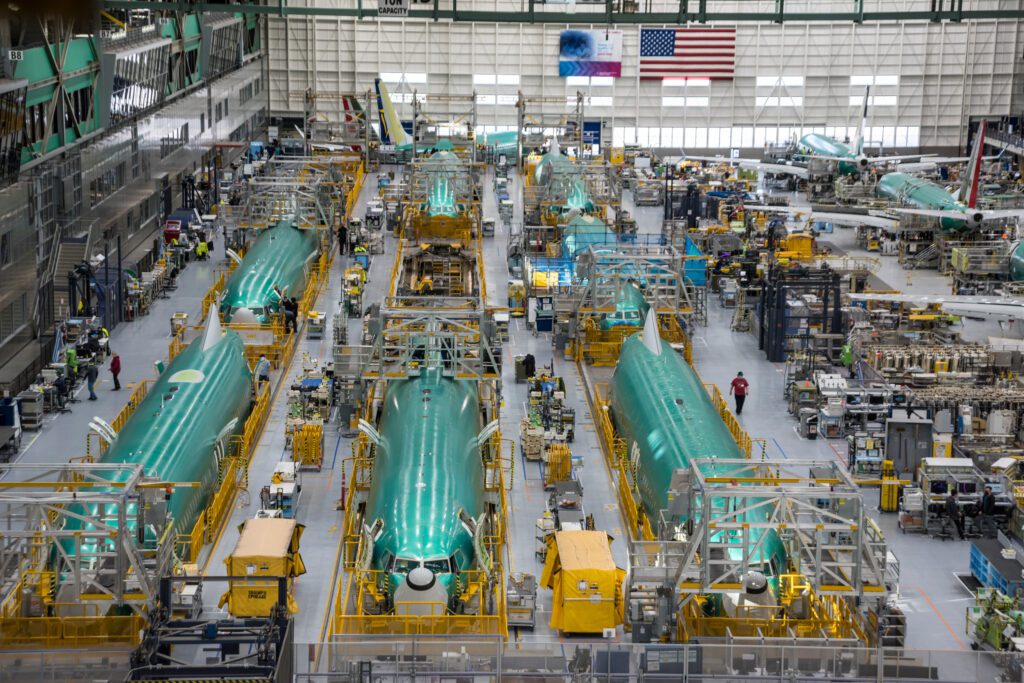
Boeing said Friday that its safety and quality plan, which was implemented following the Alaska Airlines blowout last year, has seen substantial progress.
But in a Medium post marking the one-year anniversary of the Alaska incident, FAA chief Mike Whitaker wrote that he believed Boeing needed to focus more on safety and quality instead of profits.
“This is not a one-year project,” Whitaker wrote. “What’s needed is a fundamental cultural shift at Boeing that’s oriented around safety and quality above profits. That will require sustained effort and commitment from Boeing, and unwavering scrutiny on our part.”
He added that the FAA has already conducted an “unprecedented” number of unannounced audits and monthly status reviews with Boeing executives. Whitaker is set to step down from the FAA’s top post January 20. President-elect Donald Trump has not nominated a successor yet.
“Our enhanced oversight is here to stay,” he wrote.
So far, the company said it has addressed over 70% of action items related to its commercial airplane production, based on employee feedback. The company added it has also implemented random quality audits in its production process, specifically for when parts are removed in “high frequency areas.”
A preliminary National Transportation Safety Board investigation in February found that bolts on the 737 Max 9 involved in the Alaska appeared to have been removed during the plane’s final assembly process and were not replaced.
As part of its plan, Boeing said it strengthened training for mechanics and quality inspectors, along with conducting mandatory product safety and quality training for employees.
A Federal Aviation Administration report from February found that Boeing’s safety culture fell short, noting that there was a disconnect between senior management and employees involved in the company’s safety culture.
A Year of Bad Headlines for Boeing
Boeing’s progress on safety and quality control comes after a tumultuous year for the company. The Alaska blowout triggered increased federal scrutiny on Boeing and whistleblowers alleged that the plane maker took shortcuts when manufacturing the 787 Dreamliner and the 737 Max.
After the Alaska blowout, the FAA placed production caps on the 737 Max and increased its oversight. Boeing has struggled to fulfill its plane orders as it reevaluates its safety and quality control standards.
Former CEO Dave Calhoun resigned in the months after the Alaska incident. Current CEO Kelly Ortberg has said he believes the company can be “an aerospace leader again.”
United Airlines and Southwest Airlines reduced their 2024 fleet forecasts due to Boeing delays. Southwest also exited four airports as a result of the delays, a rare move for the carrier.
More recently, the 737-800, a predecessor the 737 Max and one of Boeing’s bestselling planes, was used in the fatal Jeju Air crash. Acting South Korea president Choi Sang-mok ordered all 737-800s in the country to be inspected following the crash. South Korean officials, the FAA, the NTSB and Boeing are investigating the incident, according to Reuters.
The plane maker also faced a machinist strike that lasted for over a month, which also paralyzed production. Following the strike, Boeing resumed production in December.

